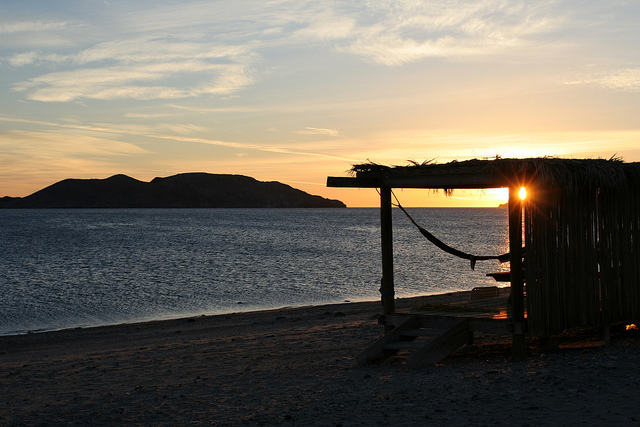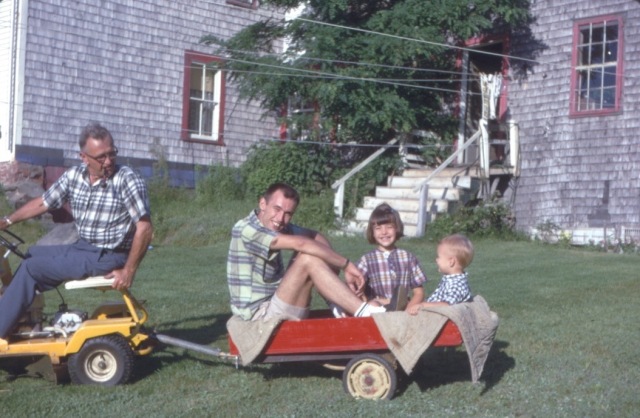Now that the work is finished for the season, I’ve decided to write a series of posts about the steps I took to finance this investment. Given my writerly nature, these posts will probably be pretty discursive. I’ll try to focus a couple of them on topics like using a self-directed IRA to purchase an investment property. Others are just going to ramble from one idea to the next.
I want to make clear from the onset that I’m not a financial advisor, a tax attorney, or a CPA. I’ve made some miscalculations already; some of them are dumb things I overlooked even after reading dozens of articles online and poring over the pertinent IRS documents.
Still, people think that a venture like this may be out of their reach, so I want to share my experience with you, focusing on both the emotional and economic aspects of it.
This week, I received all but a couple of the bills for work performed on the place this fall. My carpenter’s bill was the biggest; the painter, well driller, and excavator also took sizable chunks. The breakdown looks like this:
- Clapboard replacement, foundation repair, sill damage to the Anchorage: $10,234.00
- Painting of replaced clapboards and the other exposed wood: $3,150.00
- Well, digging and fracking: $6,545.00
- Consultation with structural engineer: $291.00
- Excavation: $1,410
- Chimney cleaning and staging: $866.00
- Plumbing, including the estimated cost to winterize: $948.00
- Lawn maintenance, plus reseeding and fall cleanup: $1,000.00 (estimated)
Total: $24,444.00
Of course, there are property taxes due on both the main lot and the separate parcel of land across the way; and in addition to those expenses, I had to pay the hazard insurance on both buildings, which have different accounts. I won’t count these figures in the tally because my primary interest going forward is how much it costs to repair and restore the buildings.
I have enough of my cash reserve left to fund the next big project — putting a solid foundation under the cabin — but after that I’ll have to save up for each subsequent restoration. There are two big projects that need to be done in the next couple of years: installing a new septic system for the properties, and roofing the main house.
Meanwhile, I’ll be learning how to do this:
Buying a summer house in Maine been a fantasy of mine since I was 12. I would draw elaborate pictures of how I wanted the house to look. I envisioned a drive that meandered slowly through woods richly landscaped in understory ferns and hostas. The house itself, first visible through gaps in the trees, sat overlooking a final parklike slope.
The origin of this fantasy was the cabins my paternal grandparents owned in Pembroke, Maine, a village close to the Canadian border. There were nine white-painted buildings in a row beyond the farmhouse in which my grandparents lived, each kept scrupulously neat and clean. My favorite was a small cabin with bright yellow trim and a weather cock on its peaked roof. Each one was slightly different. That was the charm of the place.
The smell of cut grass and gasoline from the riding mower is what I remember best, that and the sound of sheets churning in the zinc tubs of my grandmother’s old-fashioned washing machine. Sheets and towels, an endless supply, went through that house. I itched and begged to be allowed to feed them through the electric wringer myself, despite my grandmother’s stories about a girl like me “who lost an arm” through carelessness. I never tired of watching the water rush from one end while a flattened curl of towel emerged out of the other. It was like magic.
I was allowed to help my grandmother make and strip beds, hang towels on the line, and do the folding. My grandfather fashioned a cart for the back of his mower, and I rode on that, feeling absurd and semi-important when guests’ children watched me from the swing set at the back of the property. One whole day we spent picking blueberries at the grounds of an abandoned house with “S” shapes cut into the shutters. Saplings as thick as fingers had grown up through the foundation, and in the back was a graveyard that had jars of faded plastic flowers on the tombstones.
Without meaning to, I learned things about the hospitality business. How to prioritize a list of chores. The value of cleanliness. The importance of customer service. My grandfather took pride in what he did, charging modest rates (because he had no swimming pool) and delivering exceptional value. He didn’t just fix things as they broke. He kept a constant vigil, anticipating what might go wrong. When cars arrived, he rushed outside to greet the guests with a show of enthusiasm, often rising from the dinner table to get their keys and show them to their cabin. Sometimes I would excuse myself and run outside, mosquitos stinging my bare legs, to listen shyly to their conversations.
This reminds me of a trip my former boyfriend Paul and I took, driving down the Baja peninsula to see gray whales. Along the way, we drove through the inland desert to the Sea of Cortez and a fishing town called Bahia de Los Angeles. There, a doctor from Mexicali had bought some land for his retirement and came down every weekend to build stone cabins one by one on the beach. Like my grandfather, he didn’t care anything about the money. We paid something like seven dollars a night to camp on his land. Coyotes yipped in the distance. In the morning, a whale breeched the surface of the bay in front of us.
This was the point.
 “Bahia de Los Angeles,” by Alessandro Valli
“Bahia de Los Angeles,” by Alessandro Valli


Hi Valerie,
I am enjoying reading about your journey, thought processes, insights.
Again, I must tell you how happy I am that you are caring for the A&C the way they need. We never had enough $$.
I always hoped they would be taken up by loving & appreciative hands.
Sincerely,
Abby Peck
LikeLike
Hi, Abby.
I’m glad you are reading. I feel an indebtedness to your family for creating the special spirit of the place; I can only imagine how wonderful it must have been to spend summers there growing up.
And while you may not have had money enough to keep up with all the repairs, the place is still in remarkable shape considering its age — everyone has said that. And what I appreciate the most is how top-notch materials were used at every stage of the construction. It’s so much better to be able to restore things that are beautiful to their original state than to have to rip out stuff that is ugly. Really, I feel so lucky to have this place!
Best,
Valerie
LikeLike
Hi Valerie –
Kudos for you for taking the leap to follow a dream and embark on such a project. As someone that has looked extensively at self directed IRA investments, I wanted to mention the fact that the way I understand them to work is that you cannot use properties purchased as investments at all, even for a few days, or it is considered self-dealing. You also cannot perform any work or “sweat equity” on them as all repairs have to be paid for with the IRA. I may have misunderstood that you are not going to stay there at all during the renovation or in the future. If so, my apologies. Enjoyed reading about the project and makes me interested in Maine!
LikeLike
Hi, Julie.
Thanks for writing in. I appreciate it!
I purchased the property with cash from a 403b QDRO distribution. There is an additional parcel of land that I put in an IRA, precisely because I don’t intend to develop or work on this land. I may distribute it later on, but for now it is just sitting there.
In other words, you are absolutely correct about the rules.
Thanks again for reading.
Valerie
LikeLike